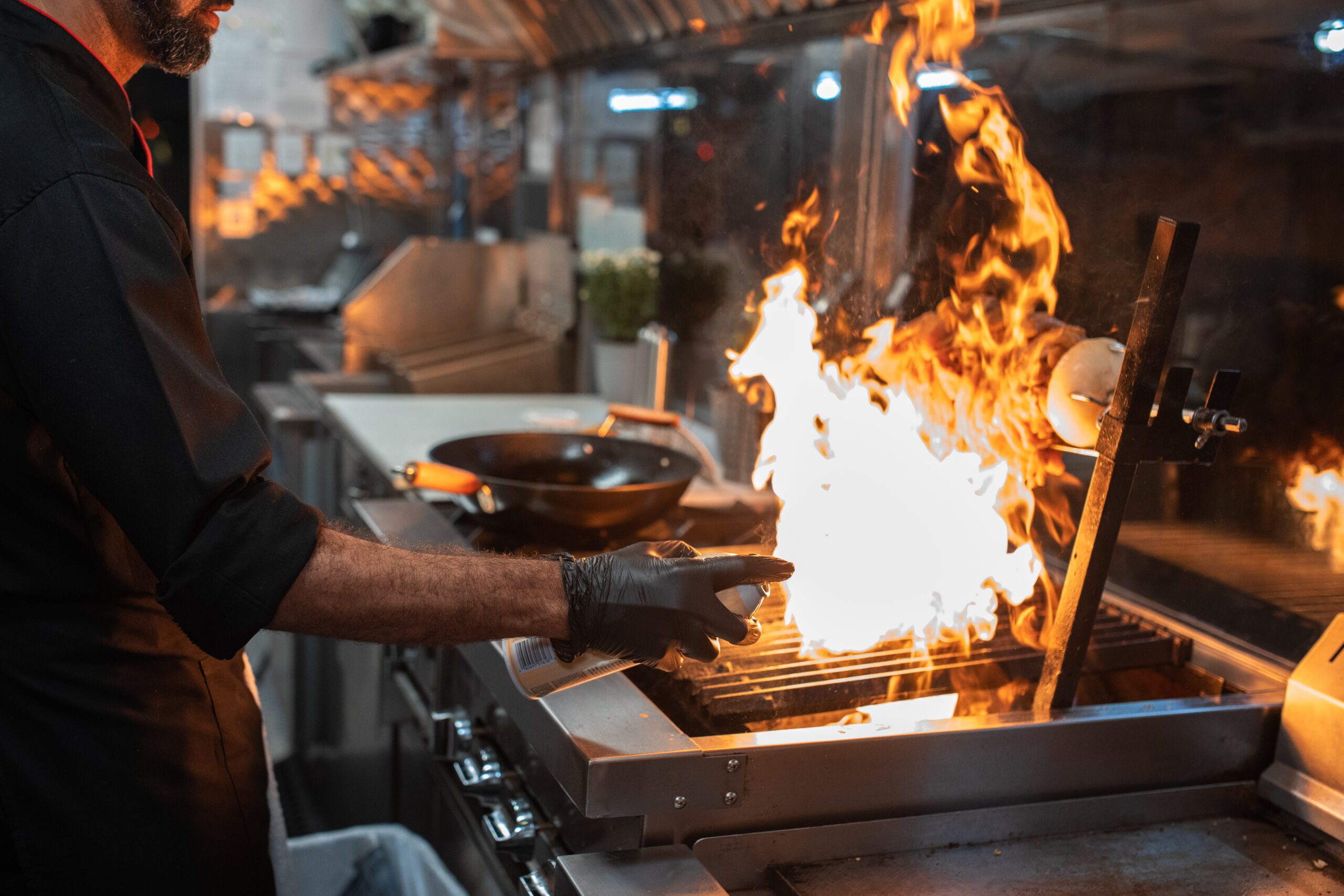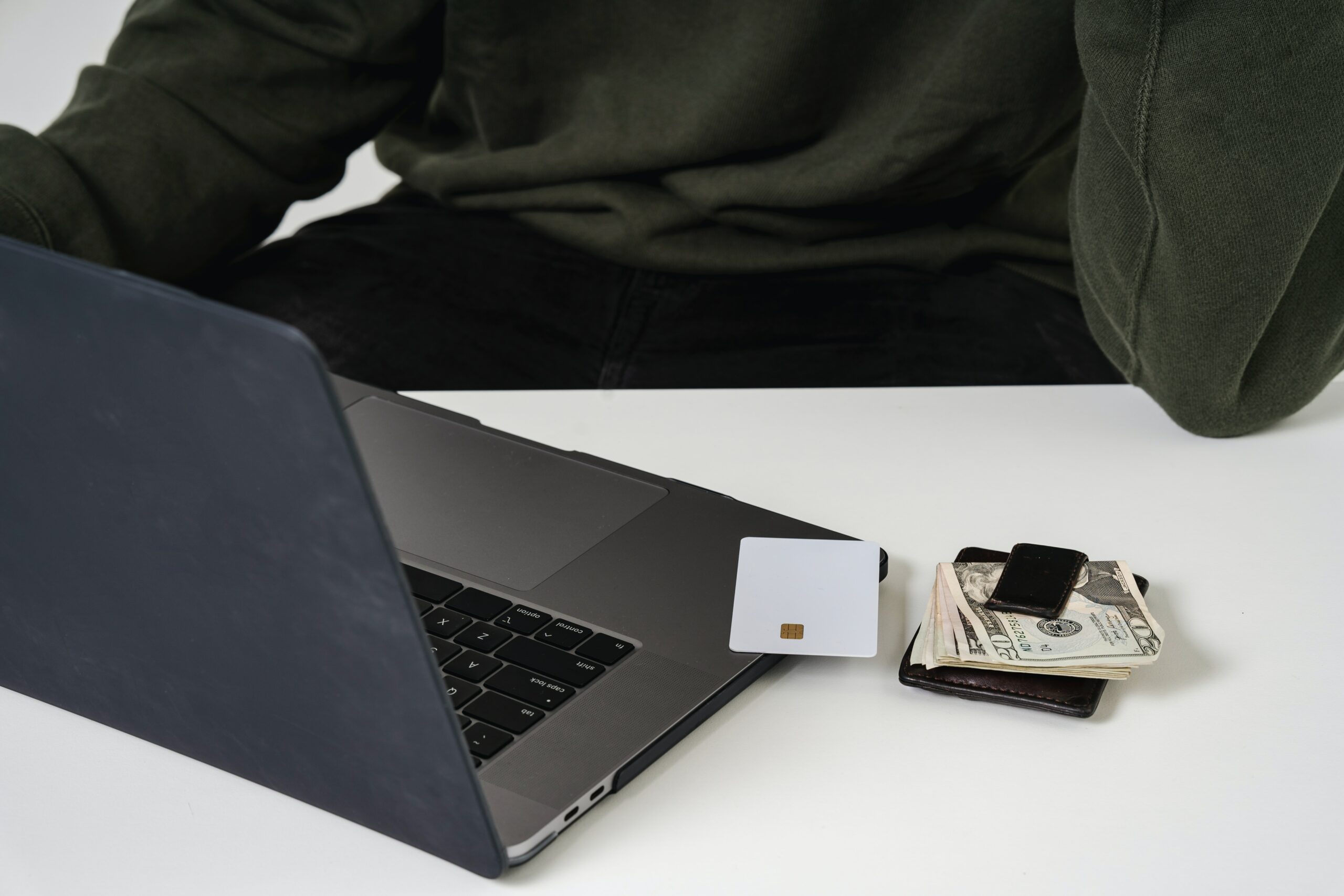
Ghost Kitchen Concept: Pros and Cons of Having One
Ghost kitchens concept have been part of the culinary landscape long before the pandemic altered our dining habits. Hence, it was popularized even further during COVID since people aren’t allowed to go outside due to the implication of having person-to-person interaction. In the dynamic landscape of the modern restaurant industry, the Ghost Kitchen concept has emerged as a game-changer. Moreover, it operates exclusively for deliveries and take-outs. Additionally, Ghost Kitchens offer unique advantages and face their own set of challenges. Let’s dive into the pros and cons of embracing this innovative restaurant model.
Pros:
- Cost Efficiency: One of the standout advantages of a Ghost Kitchen concept is its exceptional cost efficiency. With that, the need for elaborate dining spaces and waitstaff, overhead costs are significantly reduced. As a result, this allows businesses to channel resources more effectively.
- Efficient Space Utilization: Ghost Kitchens maximize the utility of physical space. With that, multiple virtual restaurants can operate from a single central location. Hence, it ensures optimal use of the kitchen facilities. This streamlined approach enhances overall operational efficiency.
- Adaptability to Trends: In the ever-evolving culinary landscape, the Ghost Kitchen concept is highly adaptable. These kitchens can quickly respond to changing consumer preferences. Furthermore, it can also adapt to market trends without the constraints of a fixed menu. This agility allows for experimentation and innovation.
- Enhanced Customer Reach: With a focus on online orders, Ghost Kitchens can cater to a broader customer base. This type of business leverages to digital platforms for ordering and delivery. With that, these kitchens can tap into a wider audience, reaching customers beyond the limitations of a physical location.
Cons:
- Lack of In-Person Experience: The absence of dine-in services may lead to a diminished in-person experience. For some customers, the ambiance and social aspects of dining out are integral to their enjoyment, and Ghost Kitchens may not provide this.
- Technological Dependency: Operating primarily through online platforms, Ghost Kitchens are dependent on technology. Any disruptions in online services, whether due to technical issues or cyber threats, can impact the ability to receive orders and serve customers.
- Branding Challenges: Establishing and maintaining a brand presence can be challenging for Ghost Kitchens. Without a physical storefront, creating brand awareness becomes reliant on digital marketing efforts, which may require additional strategies and investments.
- Limited Immediate Feedback: With minimal face-to-face interaction, Ghost Kitchens may face challenges in obtaining immediate feedback from customers. Understanding customer preferences and addressing concerns in real-time can be more complex in this setup.
In conclusion, the Ghost Kitchen model presents a host of opportunities and challenges for entrepreneurs in the food industry. Its cost efficiency, space utilization, adaptability, and enhanced customer reach are compelling advantages. However, considerations about the lack of in-person experience, technological dependencies, branding challenges, and limited immediate feedback should guide businesses in making informed decisions about embracing this innovative approach. As the restaurant landscape continues to evolve, Ghost Kitchens stand as a noteworthy player, redefining how we experience and engage with the culinary world.
So, if you happen to be at the helm of a ghost kitchen business, don’t hesitate to reach out to us at Southwest Merchant Services. For more updates, dive into our social media presence on Instagram and TikTok.
get in touch today
Schedule Your Initial Consultation

“Very Satisfied”
Having just set up our account, I found the help and service exceptional. One often hears of the uncaring bank personal that hides behind voice mail and seldom returns calls, our experience was the opposite. Start to finish 4 days from when I talked with Andy to arrange credit card processing to everything from Southwest Merchant Services being set up. Very satisfied.
Shona Jones
more payment processing solutions
Discover Your Options
Cash vs. Credit: The Evolution Over The Past 30 Years: The shift from cash to credit has revolutionized the way we make payments. Explore the impact of this evolution on merchant services and POS systems and learn how businesses can navigate the next 30 years of payment innovation
Bank statements, whether electronic or paper, are powerful financial tools. They go beyond numbers, helping individuals and businesses efficiently manage finances, track income and expenses, detect fraud, and even support loan applications. For businesses in the realm of merchant services, these statements provide valuable insights into the costs of accepting card payments and opportunities for savings. So, your bank statement is more than numbers; it's a key to financial well-being.
The journey from clunky cash registers to sleek Point of Sale (POS) systems is remarkable. This blog delves into the history of payment systems and technology, the importance of keeping up with evolving payment technology, and factors to consider when choosing a POS system. Explore the future of payment technology and enhance your payment solutions with Southwest Merchant Services.




